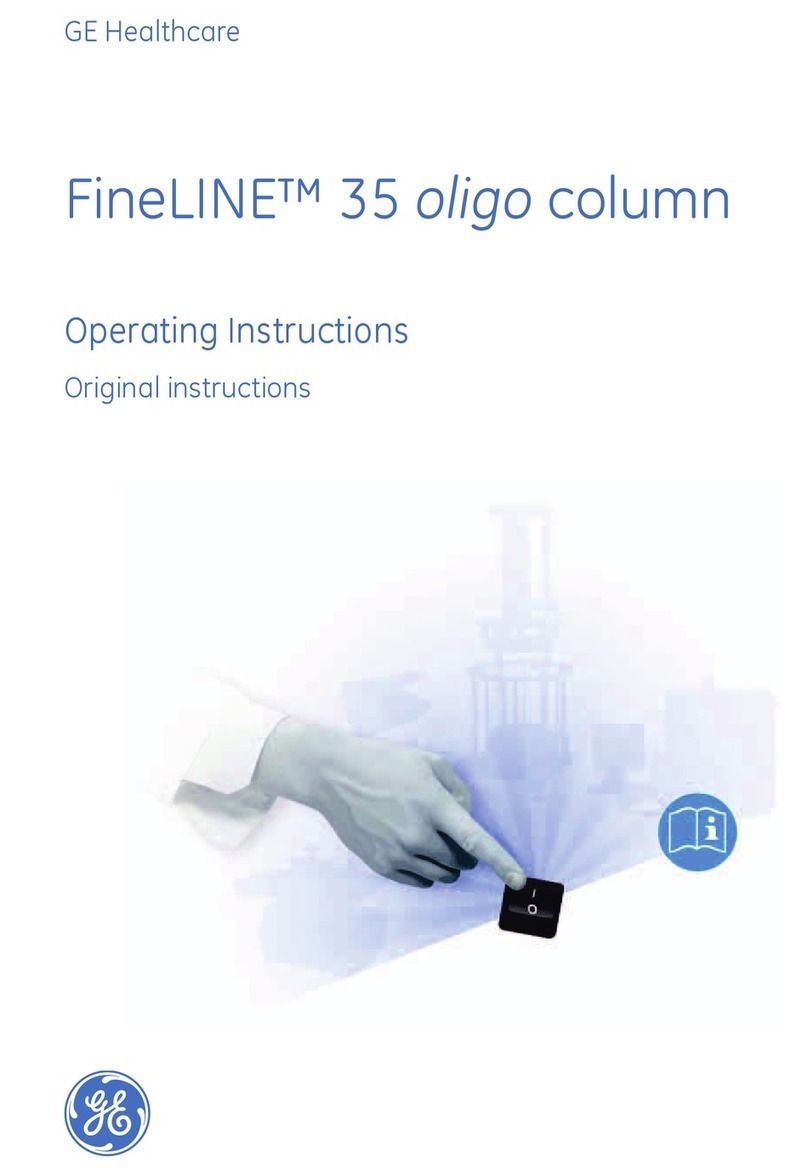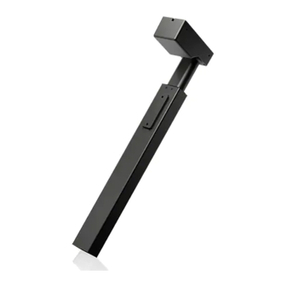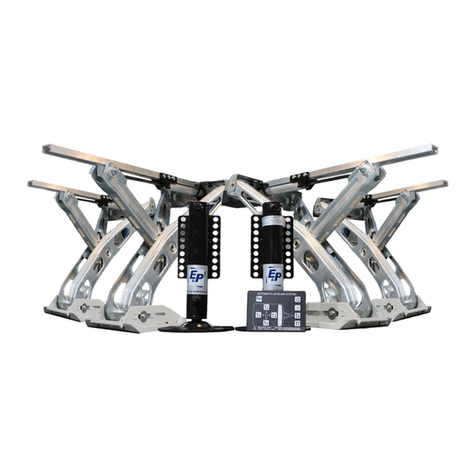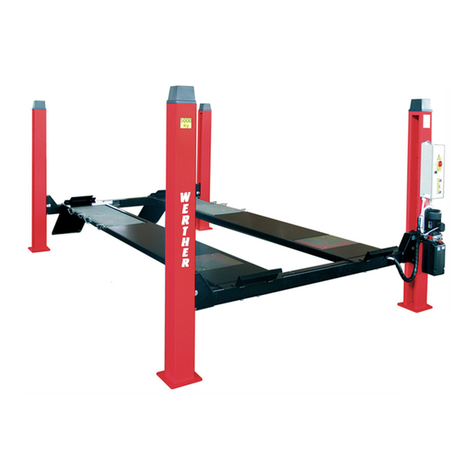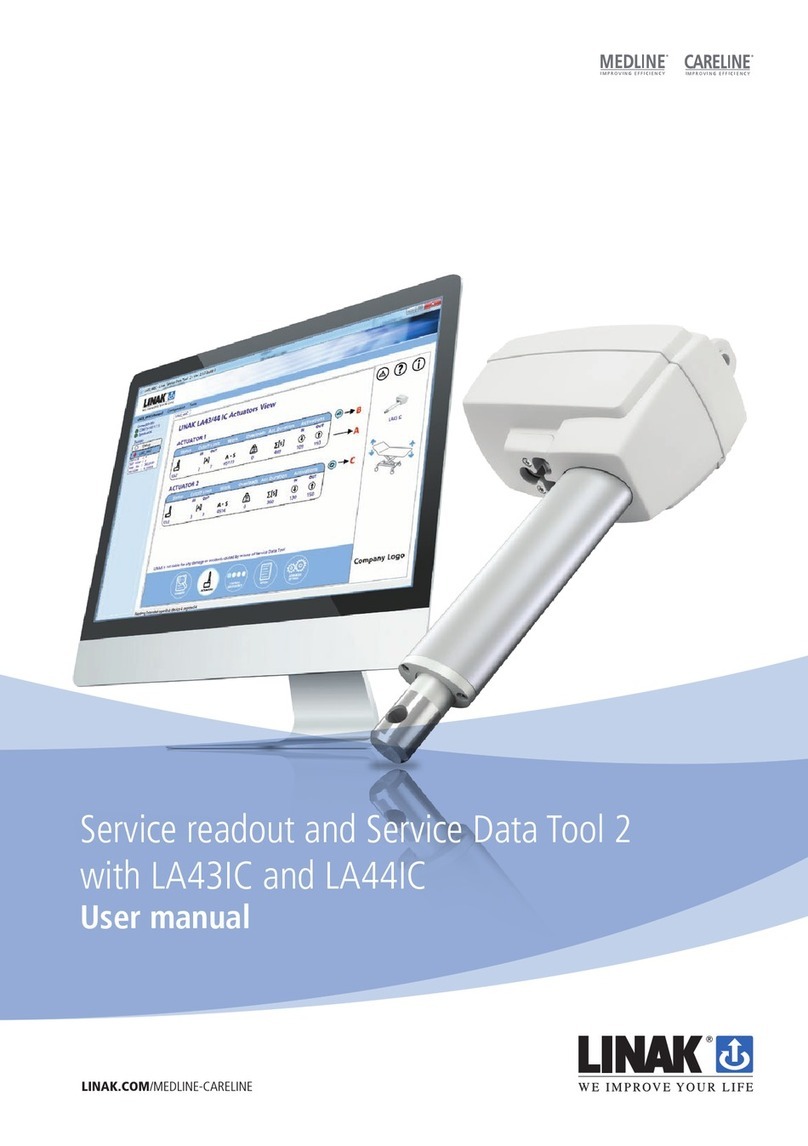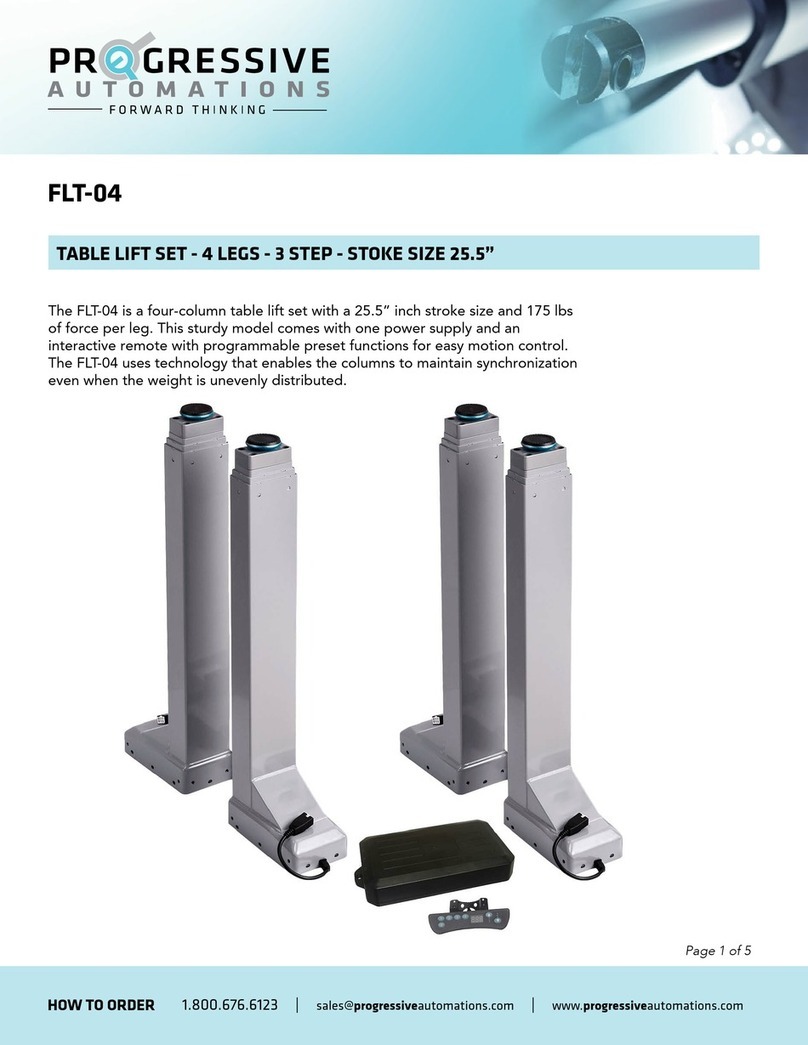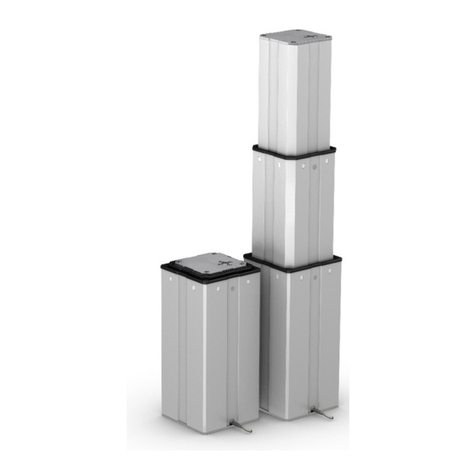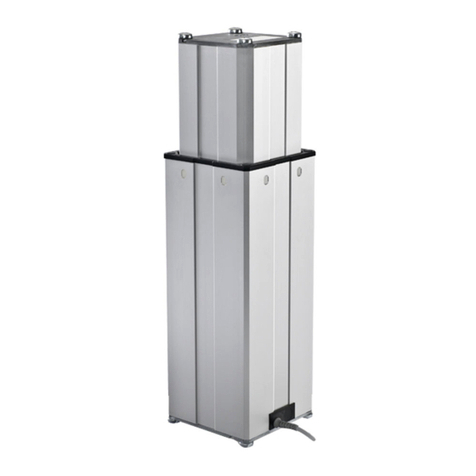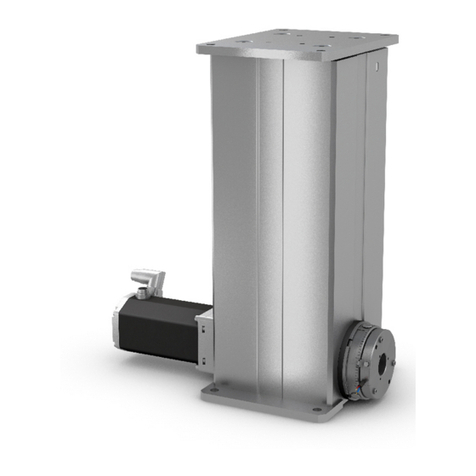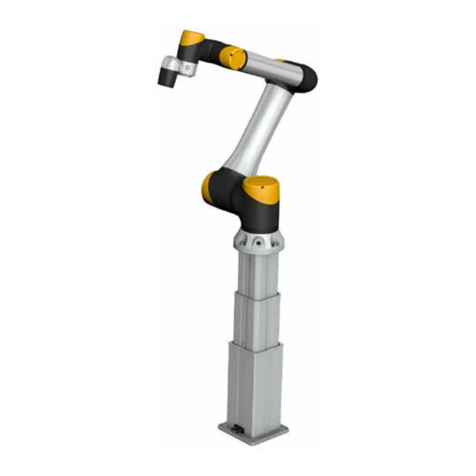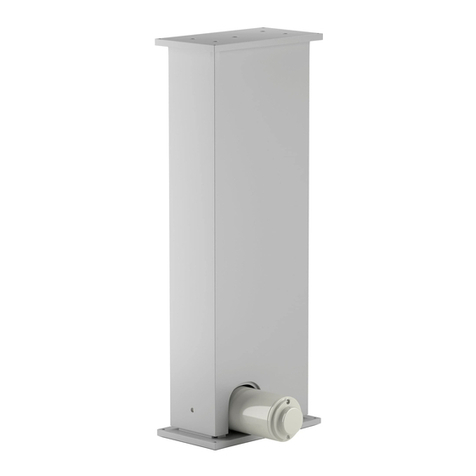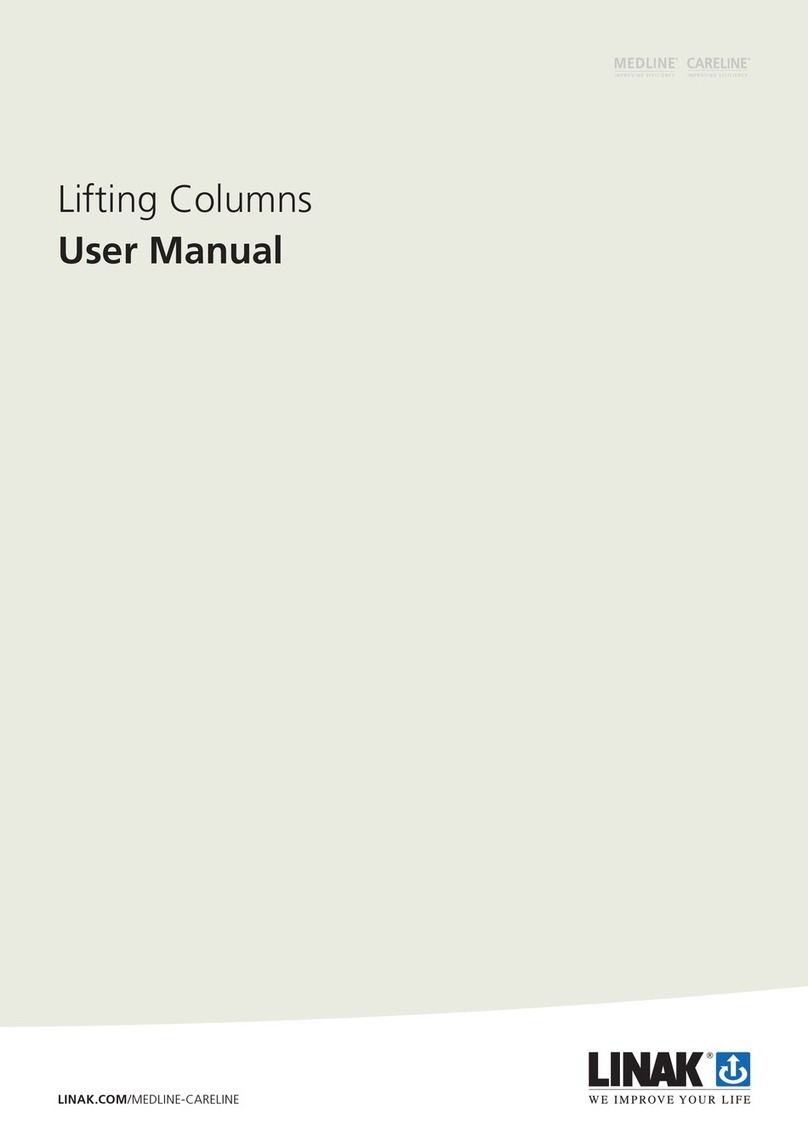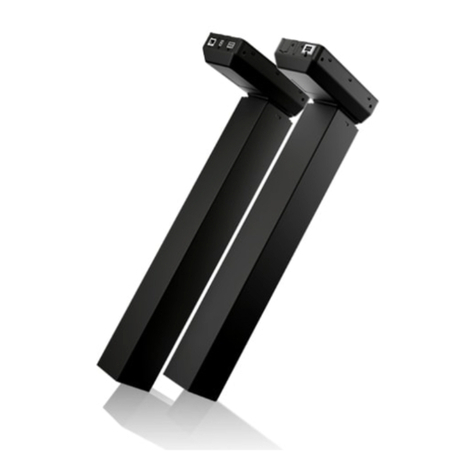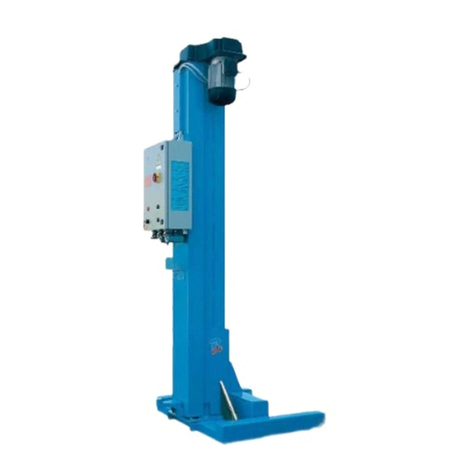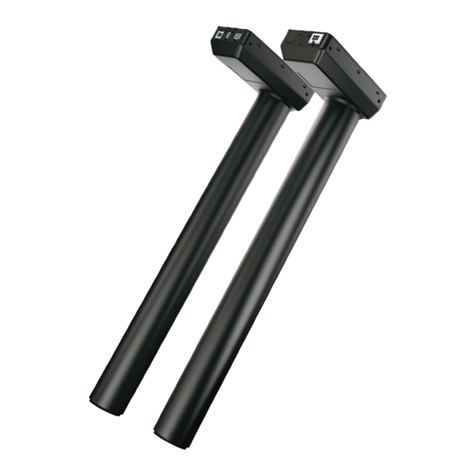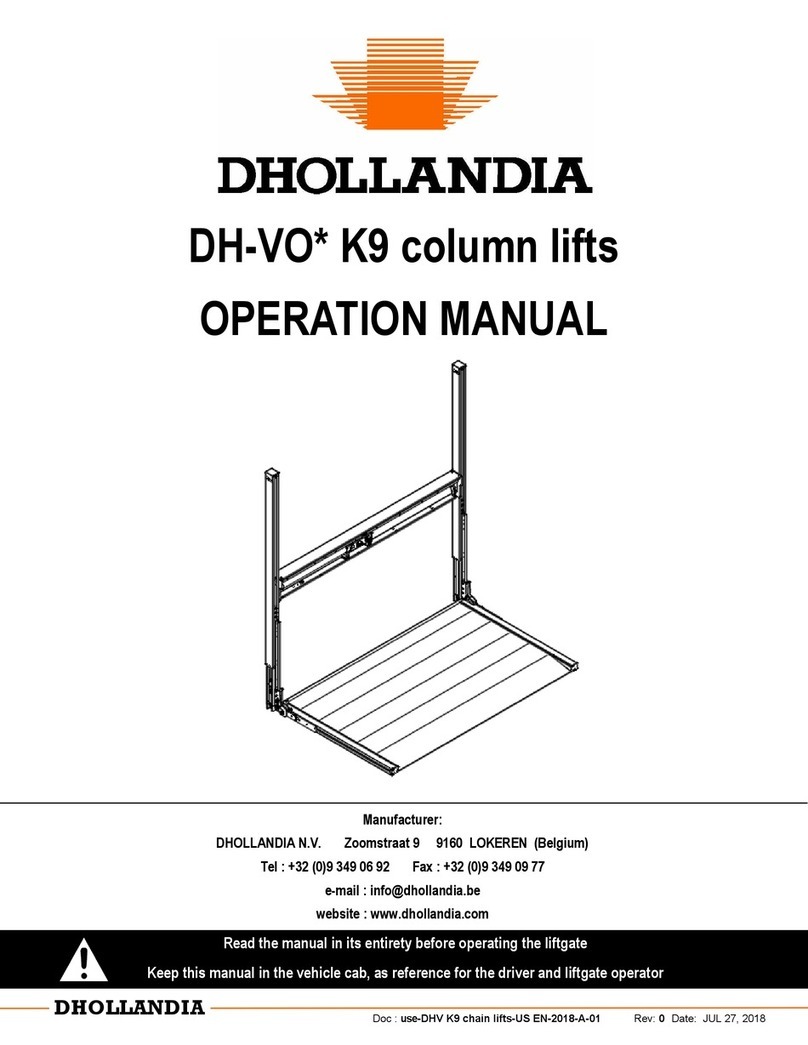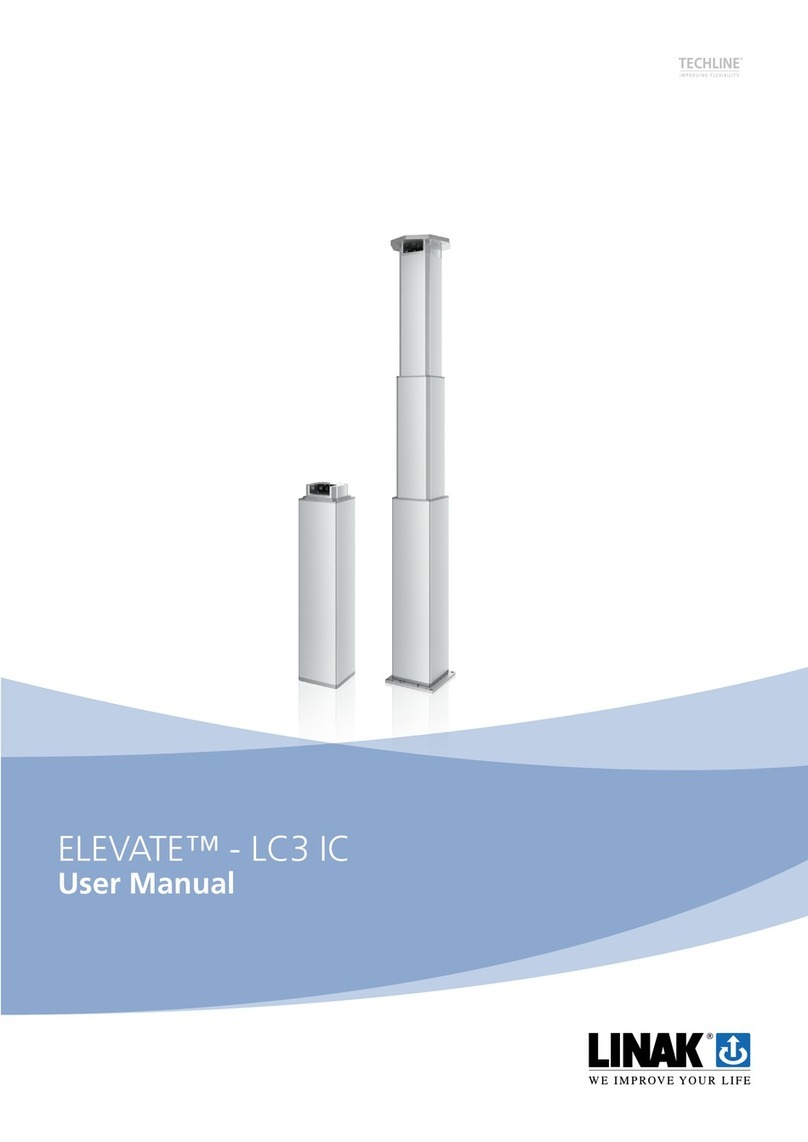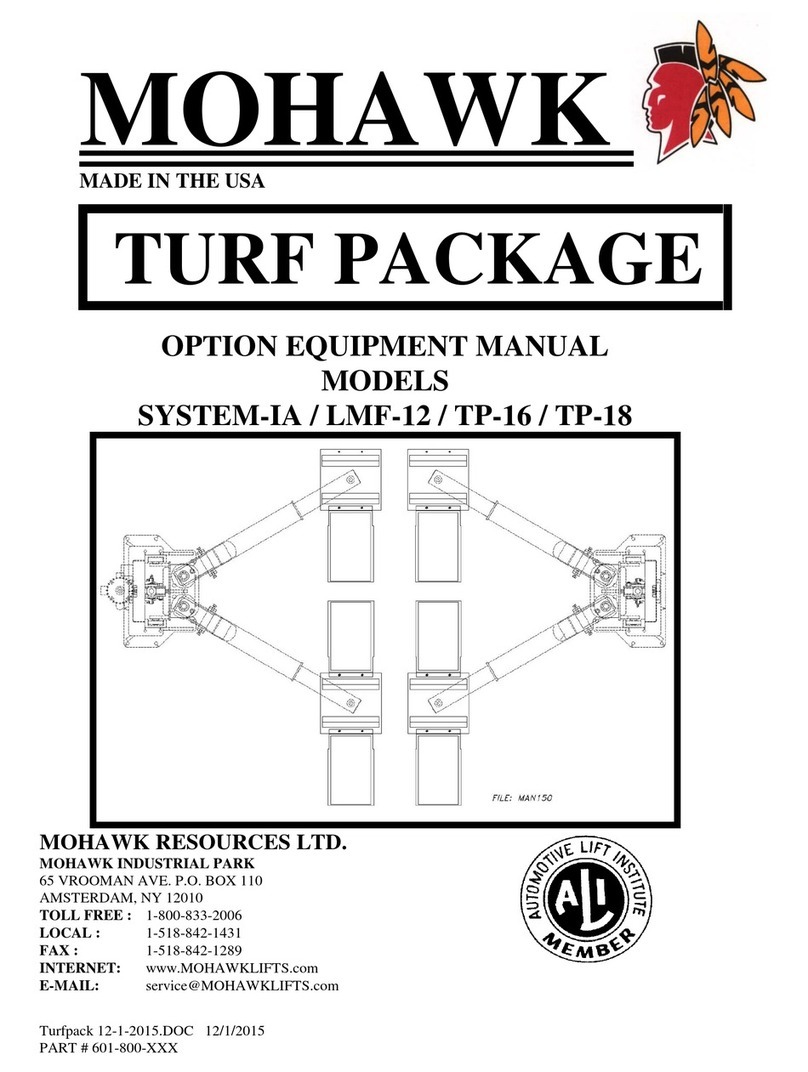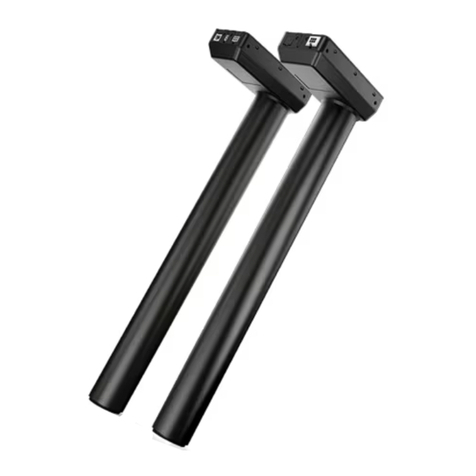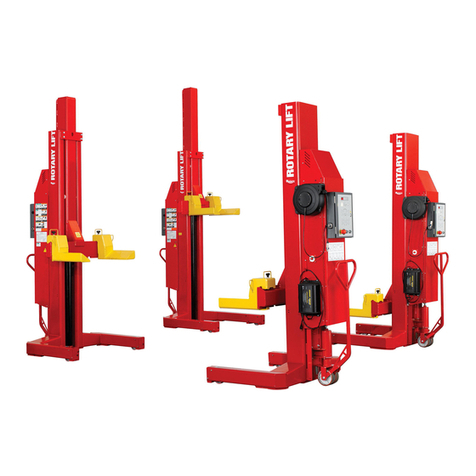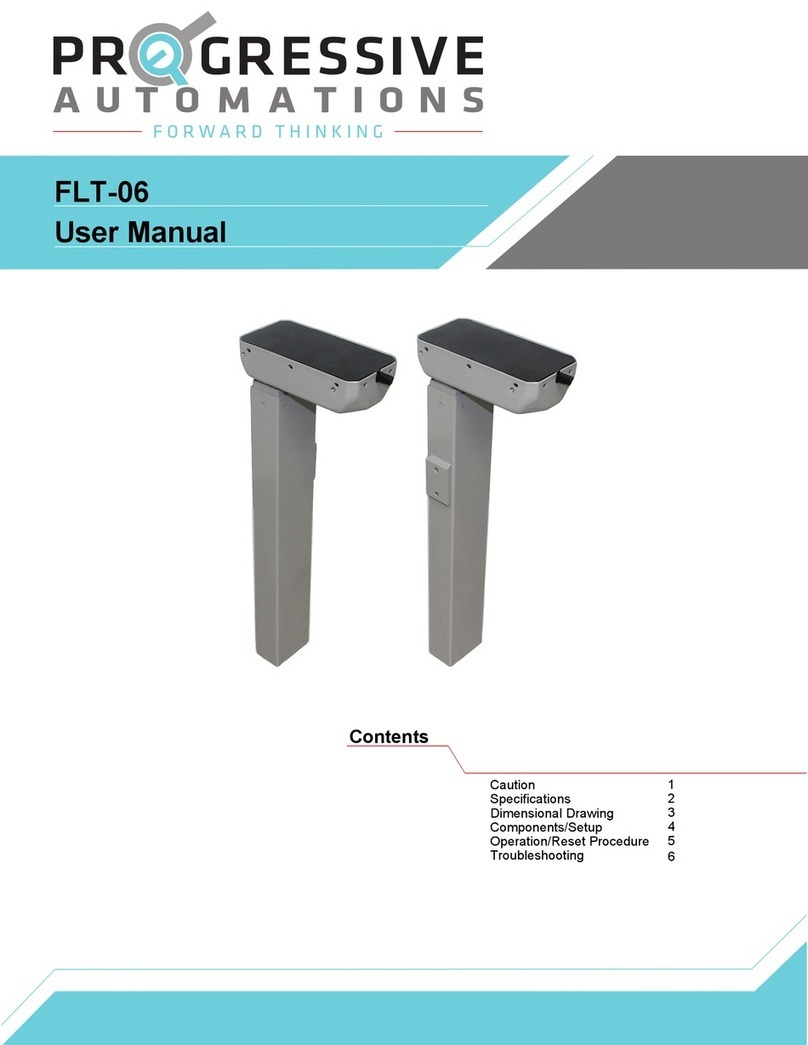
7
2.0 Safety
7
2.3 Personnel
requirements
WARNING
Improper installation, operation and maintenance can
result in serious injury, death or property damage.
Use only qualified, instructed, or trained personnel (as described
below) who have read, understood and followed these instructions.
Qualications
The following qualications are specied for dierent areas
of activity listed in this manual.
• An instructed person (operator)
Instructed by the customer in an orientation session on the
assigned tasks and possible dangers arising from im-
proper behaviour.
• Qualied personnel
Based on their professional training, know-how and expe-
rience as well as knowledge of the applicable standards
and regulations, is able to independently perform assigned
work activities and to detect and avoid possible dangers
on their own.
• Professional electrician
Based on their professional training, know-how and experi-
ence, as well as knowledge of the applicable standards and
regulations, is able to independently perform work on electri-
cal systems and to detect and avoid possible dangers.
In addition, the professional electrician has been trained
for the special location where they work and know the rele-
vant standards and regulations.
Only persons who can be expected to perform their tasks re-
liably, are permitted to work with this device. Persons whose
reaction capabilities are impaired, through the use of drugs,
alcohol or medication, for example, are not permitted.
2.4 Specic dangers
The manufacturer has constructively, and with protective
measures, minimized the eects of existing residual hazards.
Pay attention to the residual hazards and potential counter-
measures described in the following chapters.
WARNING
Crush hazard
Do not let any object or person come into contact with the inner
tube and/or base plate of the inner tube while the motor is running.
Hold the telescopic pillars CPMA and CPMB only by the external
tube.
WARNING
Crush hazard
Risk of damage to the telescopic pillars CPMA and CPMB caused
by static and dynamic overloading of the telescopic pillar: Do not
use the telescopic pillar beyond the permissible operating data.
• Note the maximum permissible operating data in the Appendix
(⮑ Equipment and operating data, page 34)
• Note the product label of the telescopic pillar
WARNING
Pinch hazard
When the telescopic pillar runs into fixed objects, the driving force
can cause personal injury. If the telescopic pillar is left unattended,
check that the full stroke length is free of obstacles, and that there
is nobody in the stroke area. Alternatively, provide a means of
disconnecting all conductors from the mains power supply.
WARNING
Tip hazard
Use the telescopic pillars CPMA and CPMB always between the
elements of the application, and with four screws to the upper and
four screws to the lower base plate. The screws must be screwed
to a depth of between 6 mm and 11 mm, with proper tightening
torque.
WARNING
Excessive side-acting forces can destroy the pillar and pose a risk
of serious injury. During the stroke, do not manipulate any of the
elements connected to the telescopic pillars CPMA and CPMB.
• The maximum permissible values can be found in the appendix
(⮑ Equipment and operating data, page 34)
CAUTION
The telescopic pillars CPMA and CPMB are intended for use by
healthcare professionals only. These telescopic pillars may cause
radio interference or disrupt the operation of nearby equipment. It
may be necessary to take mitigation measures, such as shielding
the location.
CAUTION
The use of accessories and cables other than those for which
the telescopic pillars CPMA and CPMB were designed, can
significantly degrade electromagnetic EMISSIONS and IMMUNITY
performance.
WARNING
The telescopic pillars CPMA and CPMB should not generally be
used adjacent to or stacked with other equipment. If, however,
adjacent or stacked use is necessary, the telescopic pillars should
be kept under close observation to verify normal operation in this
configuration.
WARNING
Electric shock hazard
Accessory socket box outlet. With provision of multiple sockets,
all sockets are powered. Consequently sockets without plugs
connected remain powered, and thus there is risk of electric shock
from contacts not covered by plugs.
